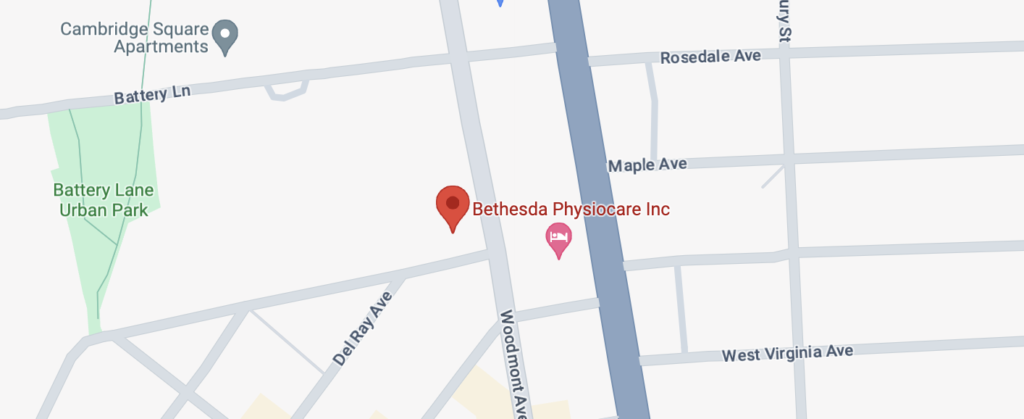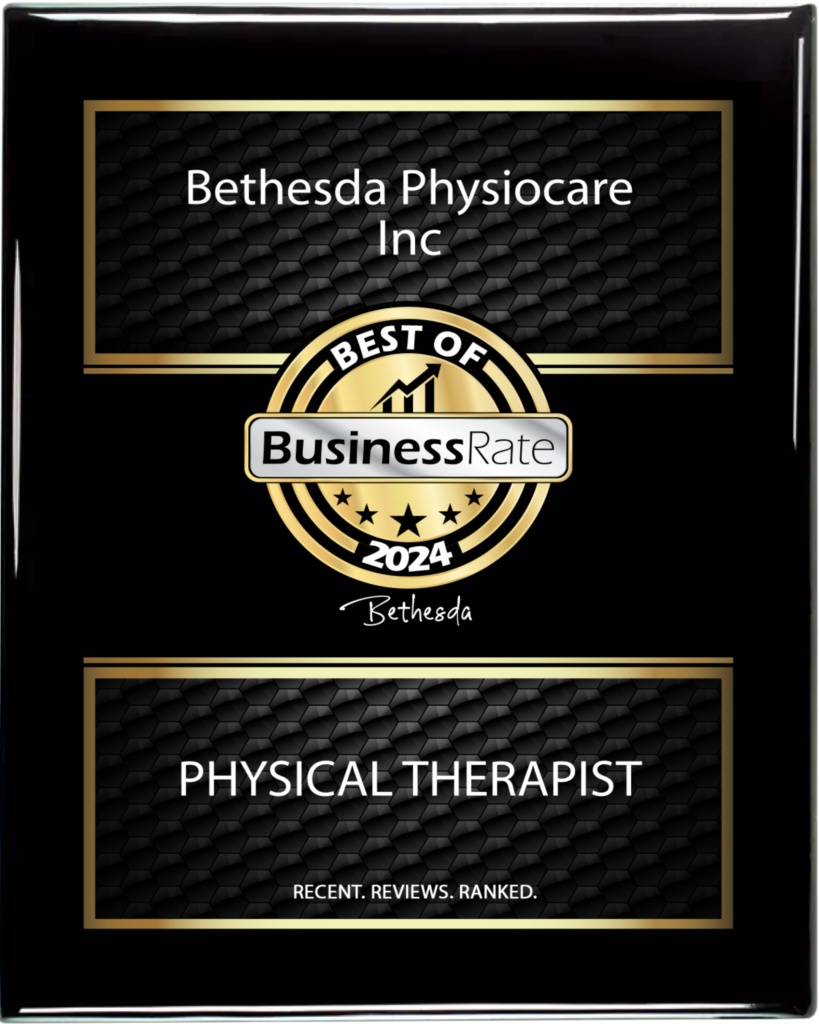
An untrained middle-aged school female principal fends off a male attacker threatening her with a knife and single-handedly saves dozens of schoolchildren. How is this physically possible? In his book Natural Born Heroes, Christopher McDougall tells this story and makes a compelling case for the “inner hero” and how learning to engage the fascia allows people to do things they never thought possible. The book is an exploration, not a scientific, study but it serves as another indication that the fascia is getting more and more attention these days.
During the 2016 Olympics, American gold-medalist Michael Phelps raised eyebrows when he appeared sporting a polka dot look with purply spots on his shoulders. Since then, the ancient Chinese and Arabic traditions of cupping have gained traction among athletes and led people to discover and ask questions about the somewhat elusive connective tissue that surrounds every inch of our bodies.
People who experience tension and pain may often be surprised that the source of the pain is not simply joint stiffness or muscle fatigue, but possibly strain in connective tissue called the fascia.
What is Fascia and How Does It Relate to Mobility?
Interestingly enough, researchers still don’t agree on a set definition of fascia, yet consensus exists that the fascia covers every structure of the body. Think of the fascia as a super web of connective tissue that covers the structural surface of the body.
In 1989, The Federative Committee on Anatomical Terminology (FCAT) introduced the term fascia superficialis (superficial fascia) and fascia profunda (deep fascia). The former was initially defined as a “whole loose layer of subcutaneous tissue lying superficial to the denser layer of fascia profunda.”
In 2011, the Federative International Programme on Anatomical Terminologies, along with FCAT updated the definition to “a sheath, a sheet, or any other dissectible aggregations of connective tissue that forms beneath the skin to attach, enclose, and separate muscles and other internal organs.”
But it was not until 2015, when the fourth Fascia Research Congress in Washington, DC, USA, defined the “fascial system” as:
“The fascial system consists of the three-dimensional continuum of soft, collagen-containing, loose and dense fibrous connective tissues that permeate the body. It incorporates elements such as adipose tissue, adventitia, and neurovascular sheaths, aponeuroses, deep and superficial fasciae, epineurium, joint capsules, ligaments, membranes, meninges, myofascial expansions, periostea, retinacula, septa, tendons, visceral fasciae, and all the intramuscular and intermuscular connective tissues including endo-/peri-/ epimysium. The fascial system interpenetrates and surrounds all organs, muscles, bones, and nerve fibers, endowing the body with a functional structure, and providing an environment that enables all body systems to operate in an integrated manner (Adstrum et al 2017).”
As definitions have achieved more consensus and attention, healthcare professionals have deduced a few characteristics of fascia:
- Muscles and fascia are inseparable, which is important in clinical practice as it may guide clinicians on how to strengthen muscles, stretch, and create stability
- Each muscle, muscle fiber bundle, and even individual muscle fibers are embedded in the fascia, referred to as the epimysium, perimysium, and endomysium
Mechanical and Emotional Functions of the Fascia
Fascia provides a critical mechanical function. Aside from holding the whole body together, fascia glides, stretches, and is resilient in movement demands. Most normal movement of the body is allowed because of the fascial tissues and the strong fibrous connections. Therefore, most athletic pursuits involve training and strengthening the fascial tissues. Did you know that 40% of muscle strength is transmitted through fascia?
According to the National Center for Biotechnology, fascia also plays an emotional role. Fascial dysfunction can cause an emotional alteration in a person.
What Causes Fascial-Related Pain?
The fascia is a dynamic structure and features many so-called nociceptors, which are structures involved in the generation of pain. One study showed that the fascia in the lower back region has three times as many of these sensors that the muscles of the lower back! Fascia responds to our lifestyles and can suffer great consequences from abuse, misuse, and nonuse. Fascial problems manifest in lack of mobility, flexibility, and general stiffness. They can be caused by:
- A sedentary lifestyle
- A repetitive movement that causes injury
- Trauma that includes injury or surgery
Maintaining a healthy fascia will result in better movement and less tension. People can do this by moving regularly, stretching, and focusing on healthy posture. As John Hopkins University admits, fascial pain may be treated through various interventions, attacking the mobility problems from different directions. Bethesda Physiocare owner and physical therapist Dr. Jan Dommerholt is known worldwide for this expertise in fascia and he has spoken at international conferences and contributed several book chapters to the leading medical textbooks on fascia!
3 Fascial Treatment Methods to Alleviate Related Pain and Discomfort
At Bethesda Physiocare, we are interested in exploring options that help individuals restore mobility, increase range of motion, and live active and productive lifestyles. We believe that a person’s ability to move is intricately tied to mental and emotional health.
Three therapeutic modalities for fascia pain include:
Myofascial Cupping
Myofascial decompression uses suction to treat musculoskeletal disorders or pain. In ancient China and the Arabic world, fire was used to create suction. Today, a simple pump is used to create pressure. The cup is then used to decompress and stretch the superficial and deep fascia, which helps the function of all structures, including muscles, and can increase blood flow.
Dry Needling
Dr. Jan Dommerholt has helped to develop a very effective dry needling approach to improve fascial flexibility, improve painful scars, and help patients regain their optimal movement patterns.
Fascial Manipulation – Stecco Method
This is a hands-on form of treatment that aims to restore the function of fascia. Because fascia is a three-dimensional continuous structure, its effects are interrelated with all areas of the body. This method identifies a specific sore spot or limitation in the fascia and uses soft tissue manipulation to release the tension and improve mobility.
Restore Mobility, Find Your Inner Hero
In his book Natural Born Heroes, Christopher McDougall explores the idea that the art of the hero is the art of natural movement. This is something we all have the ability to explore!
His book traces the story of some devious risk-takers fighting Hitler and kidnapping dangerous Nazi Generals through the ninja arts, imagination, and military sleight of hand. The fun part was how these special operations guys were running long distances and jumping across mountains to reach their objective, pushing the limits of human fitness and potential to survive and complete their mission. At the same time, the author details how youngsters in London training in parkour decades later were also onto something with their exploration of the movement and skill against the urban landscapes.
In other words, movement can unlock the key to something extraordinary in your life.
So whether you are actively working to topple dictators, overseeing the education of dozens of youngsters, a high school or college athlete, a firefighter, a police officer, or working in an office, your ability to move matters.
No matter where you are in life, we can help you find better movement.
Restore Function with Bethesda Physiocare!
While healthcare professionals are still learning and exploring the fascia, it’s good to be proactive and aware of how complex human movement really is and how therapeutic methods can restore its powerful effects.
Learn more about different treatment modalities and our approach to fascia and chronic pain here at Bethesda Physiocare. Call us today.



